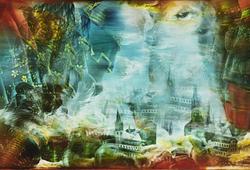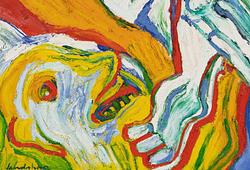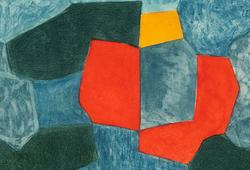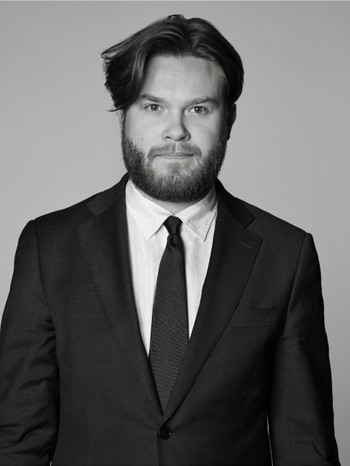Eugène Boudin
"Paturage aux environs d’Honfleur" ("Pastoral Landscape near Honfleur" )
Signed E. Boudin. Executed circa 1864-1866. Panel 40 x 60 cm.
Alkuperä - Provenienssi
Galerie Georges Petit, Paris.
Private Collection.
Svenska-Franska Konstgalleriet, Stockholm (a copy of the receipt dated 12/1 1926 is included).
Acquired from the above in 1927.
Kirjallisuus
Robert Schmit, "Eugène Boudin, 1824-1898, Catalogue raisonné de l'oeuvre peint", vol. I, Paris, 1973, no 313 (illustrated p. 111).
Muut tiedot
Eugène Boudin was a pioneer of French plein air painting and is considered one of the most important precursors of Impressionism. He abandoned the studio in favour of nature and devoted himself to depicting what he called "the simple beauty of nature," with a particular focus on the changing light conditions and weather moods along the northern coast of France. Thanks to the introduction of ready-mixed paint in tubes by the English firm Winsor & Newton in the 1840s, artists were increasingly able to turn their gaze outward to the world around them and depict it with their brushes.
Around 1856, Eugène Boudin met the teenage Claude Monet, who was then living in Le Havre. When Boudin saw Monet's caricatures of the locals, he encouraged him to try painting outdoors. Together, they wandered along the beaches of Normandy. Monet acknowledged Boudin as a crucial artistic influence. Their friendship endured, and they continued to paint side by side. Boudin's wife is likely the woman in black in Monet's painting The Beach at Trouville from 1870.































































